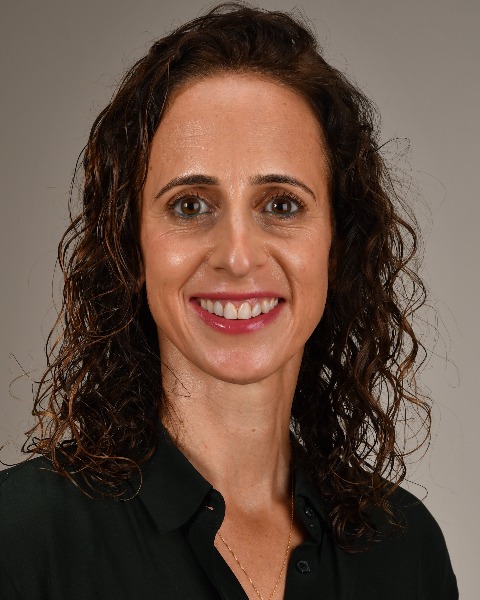Poster Session 4
(1137) Brain Imaging for Evaluation of Severe Headache in Pregnancy

Noam Pardo, BSc, MD (he/him/his)
MFM Fellow
Maternal Fetal Medicine Division, Sheba Medical Center, Tel Hashomer
Toronto, ON, Canada- ZI
Zborovsky Ilanit, MD
Physician
Sheba Medical Center, Tel Hashomer
Sheba Medical Center/Ramat Gan, HaMerkaz, Israel - YB
Yahel Ben Shimol
Medical Secretary
Sheba Medical Center, Tel Hashomer
Sheba Medical Center/Ramat Gan, HaMerkaz, Israel 
Anat Pardo, MD (she/her/hers)
MFM Fellow
Sunnybrook Health Science Center
Toronto, ON, Canada
Keren Zloto, MD
Sheba Medical Center
Ramat Gan, HaMerkaz, Israel
Noa Gonen, MD
MFM Fellow
Sheba Medical Center
Ramat gan, HaMerkaz, Israel- HK
Halit Kantor, MPH
Biostatistics
University Of Haifa
University Of Haifa/Haifa, HaZafon, Israel - RY
Rakefet Yoeli-Ullman, MD
Sheba Medical Center
Ramat Gan, HaMerkaz, Israel - SM
Shali Mazaki-Tovi, MD
Vice Chairman
Department of Obstetrics and Gynecology, Sheba Medical Center, Tel HaShomer
Ramat Gan, HaMerkaz, Israel 
Michal Fishel Bartal, MD (she/her/hers)
Maternal Fetal Medicine Faculty
UTH Houston & Sheba Medical Center Israel
Houston, TX, United States
Submitting Author and Presenting Author(s)
Coauthor(s)
Study Design: This retrospective study included pregnant individuals with headaches requiring brain imaging at a tertiary center from 2011 to 2024. Those with "red flags" (neurological signs, severe headaches, or lack of response to analgesics) were evaluated by a neurologist for imaging needs. Abnormal imaging was defined as new brain findings explaining the headache. The study details patient characteristics, etiologies, clinical features, immediate treatments, and impacts on pregnancy management.
Results:
During the study period, 458 pregnant individuals had brain imaging due severe headache. Of them only 34 (7.4%) had positive imaging. Abnormal Imaging results included stroke (n=10,29.4%), space-occupying lesion (n=7,20.6%), Idiopathic Increased Intracranial Pressure (n=6,17.6%), Cavernoma (n=5, 14.7%), and other less frequent causes such as Multiple Sclerosis, Posterior Reversible Encephalopathy Syndrome (PRES) (n=2, 5.9%) Acute Disseminated Encephalomyelitis (ADEM), Optic Neuritis, Subarachnoid Hemorrhage, Reversible cerebral vasoconstriction syndrome (RCVS), Internal carotid thrombus (n=1, 2.9% each).
There were no differences in maternal and pregnancy baseline characteristics (Table 1).
Among individuals with abnormal imaging 19 (55.9%) needed medical or surgical treatment including 4 (11.7%) brain surgeries, 1 (2.9%) angiographic intervention, 16 individuals (47.0%) received medical treatment such as aspirin, low molecular weight heparin, nimodipine, steroids, and acetazolamide. Five (14.7%) patients underwent an early delivery between 29-36 weeks (Table 2).
Conclusion: At a tertiary care center, the yield of brain imaging to diagnose significant etiologies in pregnant individuals is 7.4% with CVA being the most common etiology. Medical or surgical treatment was required in 55.9% of the positive imaging group.

